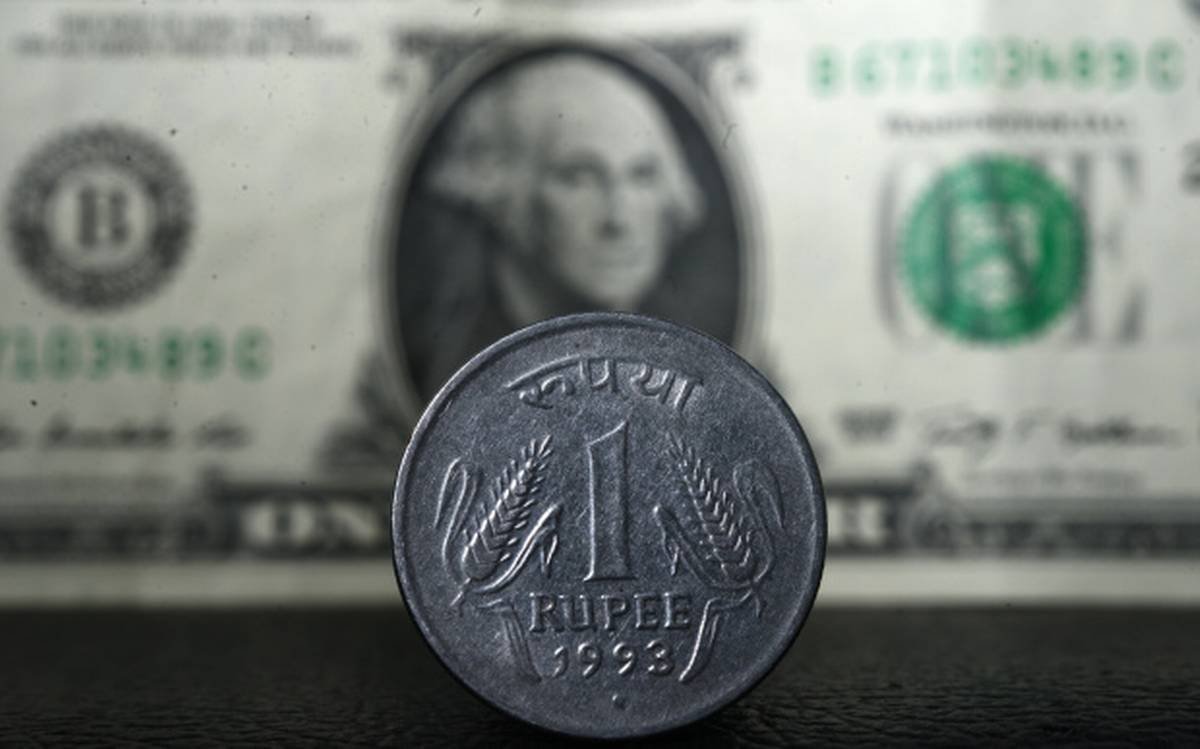March 25, 2024
New Delhi, India
Recent Rebound Analysis
The Indian Rupee appears to have experienced a rebound in the last couple of days, particularly up to March 24, 2025, when it reached 85.63 against the US Dollar, erasing earlier 2025 losses. This strengthening is likely due to increased foreign portfolio investor (FPI) inflows and dollar sales by exporters, supported by a weaker US Dollar amid changing market expectations.
Performance in 2025
This year, the Rupee started with depreciation, hitting an all-time low of 88.10 in February, influenced by a strong US Dollar and geopolitical tensions. However, it has shown resilience, with a 2.1% gain in March, making it one of the best-performing months. The evidence leans toward the RBI’s interventions and foreign inflows as key factors in this recovery.
Latest Data
As of March 25, 2025, at 01:01 AM PDT, the USDINR rate is 85.7730, showing a 0.30% increase from the previous day’s 85.5193, suggesting a slight weakening after the recent rebound. This data reflects the currency’s volatility and the ongoing efforts to stabilize it.
Comprehensive Analysis of the Indian Rupee’s Rebound and 2025 Performance
The Indian Rupee (INR) has been a focal point for investors and policymakers in 2025, experiencing significant volatility against the US Dollar (USD). This report delves into the recent rebound of the Rupee over the last couple of days, particularly up to March 24, 2025, and provides a detailed analysis of its performance throughout the year, using the latest data as of March 25, 2025, at 01:01 AM PDT.
Historical Context and Initial Weakening
At the beginning of 2025, the Rupee faced downward pressure, reaching an all-time low of 88.10 in February, as reported by Trading Economics. Several factors contributed to this depreciation:
- Strong US Dollar: The US Dollar index appreciated by more than 7% in the first quarter, driven by anticipated policies under President Donald Trump, which spurred inflation and growth, increasing US Treasury yields.
- Geopolitical Tensions: Ongoing global uncertainties and trade tensions led to a flight to safety, boosting demand for the US Dollar.
- Foreign Portfolio Outflows: FPIs sold Indian assets, reducing demand for the Rupee, with outflows noted in January reaching $6.6 billion, according to The Economic Times.
- RBI Interventions: The Reserve Bank of India (RBI) intervened in the currency market, selling dollars to manage volatility, but external pressures limited effectiveness, with forward market sales reaching $49.18 billion by October 2024, as per The Indian Express.
This initial weakening added $15 billion to India’s import bill, particularly affecting sectors reliant on imports like edible oils and pulses, as noted by Policy Circle.
Recent Rebound: Factors and Trends
From its February low, the Rupee began to rebound, with significant strengthening observed in March 2025. By March 24, 2025, the USDINR rate dropped to 85.63, marking the strongest close of the year, as reported by The Economic Times. This rebound can be attributed to:
- Foreign Inflows: FPIs bought $1.3 billion worth of Indian stocks and bonds in March, boosting demand for the Rupee.
- Exporters’ Dollar Sales: Exporters selling their Dollar earnings increased the supply of Dollars, aiding Rupee appreciation.
- Weaker US Dollar: A fall in the US Dollar index, possibly due to changing market expectations about US monetary policy, supported the Rupee’s recovery.
- RBI’s Role: The RBI’s continued intervention, including asking banks to cut long-arbitrage positions in non-deliverable forwards (NDF), likely allowed further appreciation, as per Groww.
This rebound resulted in a 2.1% gain for the Rupee in March, outperforming other Asian currencies, an unexpected detail given the global pressures.
Detailed Performance Analysis for 2025
To provide a comprehensive view, here is a table summarizing key USDINR rates and movements in 2025, based on available data:
| Date | USDINR Rate | Change from Previous Day | Year-to-Date Change | Notes |
|---|---|---|---|---|
| January 13, 2025 | 86.5750 | -0.7% | -2% | Hit all-time low, per Reuters |
| February 2025 (High) | 88.10 | N/A | N/A | All-time high, per Trading Economics |
| March 20, 2025 | 86.41 | +0.02% | -1.5% | Seventh straight day of strengthening, per Groww |
| March 24, 2025 | 85.63 | +0.5% | -2.1% (net gain in March) | Strongest close, per The Economic Times |
| March 25, 2025 | 85.7730 | +0.30% | +2.96% | Latest data, per Trading Economics |
This table highlights the volatility, with a notable recovery in March after the February high. The year-to-date change as of March 25 shows a 2.96% increase, indicating overall depreciation from the start, but the recent trend suggests a reversal.
Latest Data as of March 25, 2025
As of the current time, 01:01 AM PDT on March 25, 2025, which corresponds to approximately 1:31 PM IST, the USDINR rate is 85.7730, up 0.2538 from 85.5193 the previous day, a 0.30% increase. This slight uptick suggests a minor depreciation after the strong performance up to March 24, reflecting ongoing market dynamics.
Factors Influencing Future Outlook
Looking ahead, the Rupee may face pressure due to a potentially strong US Dollar, driven by the US Federal Reserve’s rate trajectory and geopolitical tensions. However, the RBI is expected to continue intervening to curb volatility, possibly allowing shallow depreciation if other Asian currencies fall, as per Moneycontrol. Forecasts suggest the Rupee could trade within 86.02 by Q1 end and 86.13 in 12 months, per Trading Economics.
Conclusion
The Indian Rupee’s rebound in the last couple of days, particularly up to March 24, 2025, marks a significant recovery from its February low, driven by foreign inflows, exporter sales, and RBI interventions. Despite a slight dip on March 25, the 2.1% gain in March highlights resilience. Investors should monitor global economic indicators and RBI actions, as the Rupee’s future remains tied to these factors.
Key Citations
- Indian Rupee – Quote – Chart – Historical Data – News
- Rupee: Indian Rupee, Latest News on Rupee, Find out why Rupee is down or up?
- Rupee on a roll, clocks strongest close in 2025
- Indian Rupee Strengthens for Seventh Consecutive Day, Opens 2 Paise Higher Against the US Dollar
- Rupee depreciation: Indian currency faces stiff challenges in 2025
- In calibrated move, RBI loosens grip, lets rupee depreciate against US dollar
- Rupee logs biggest slide in two years on dollar’s surge, limited central bank presence
- Indian rupee may face pressure in 2025 as strong dollar, geopolitics, and RBI interventions shape outlook
- Mint Primer | Rupee takes a dive, more turbulence in 2025
Disclaimer:
CurrencyVeda provides this news article for informational purposes only. We do not offer investment advice or recommendations. Before making any investment decisions, please conduct thorough research, consult with financial experts, and carefully consider your financial situation, risk tolerance, and investment goals. Investing in the stock market carries risks, and it’s essential to make informed choices based on your individual circumstances. CurrencyVeda is not liable for any actions taken based on the information provided in this article.



